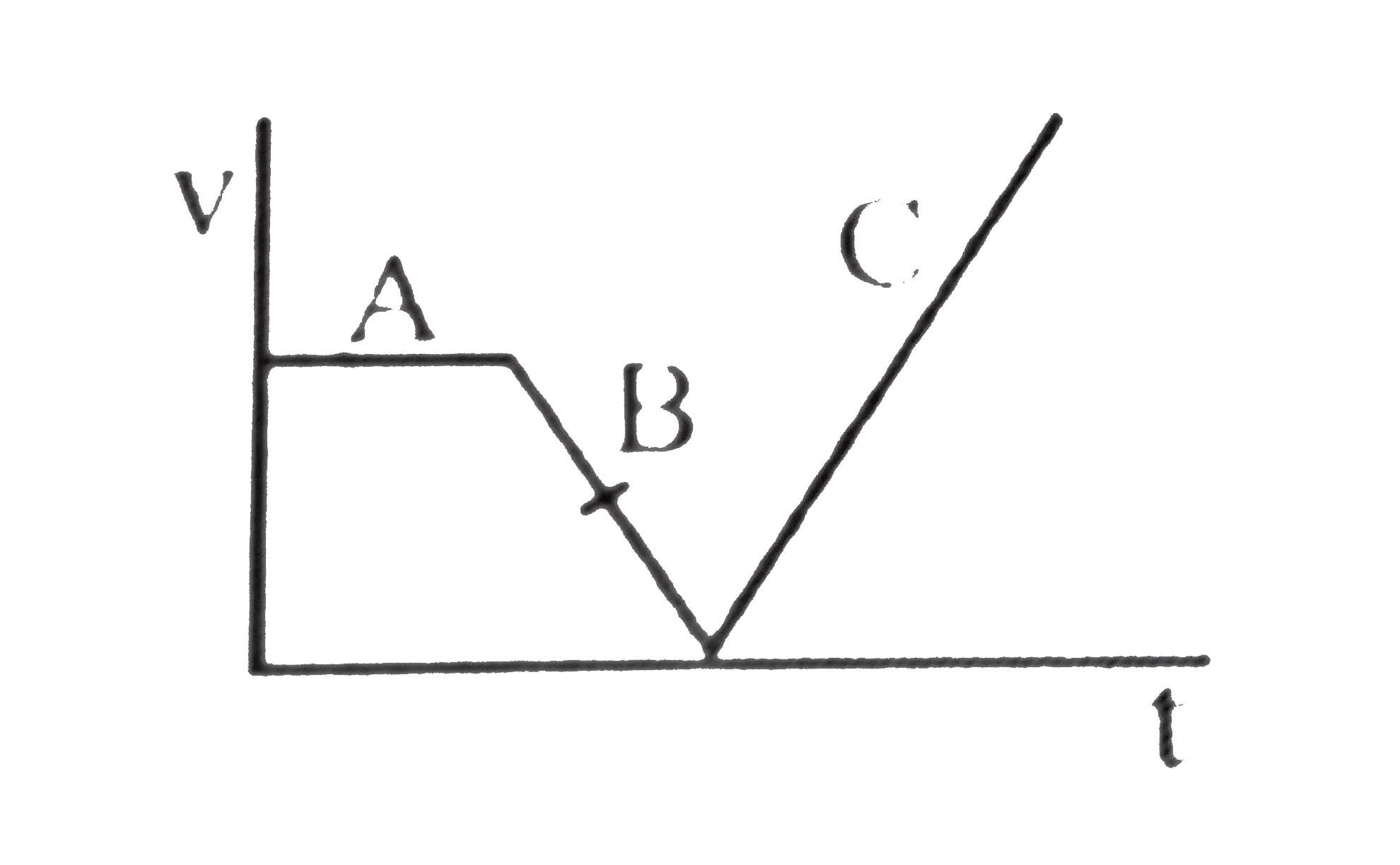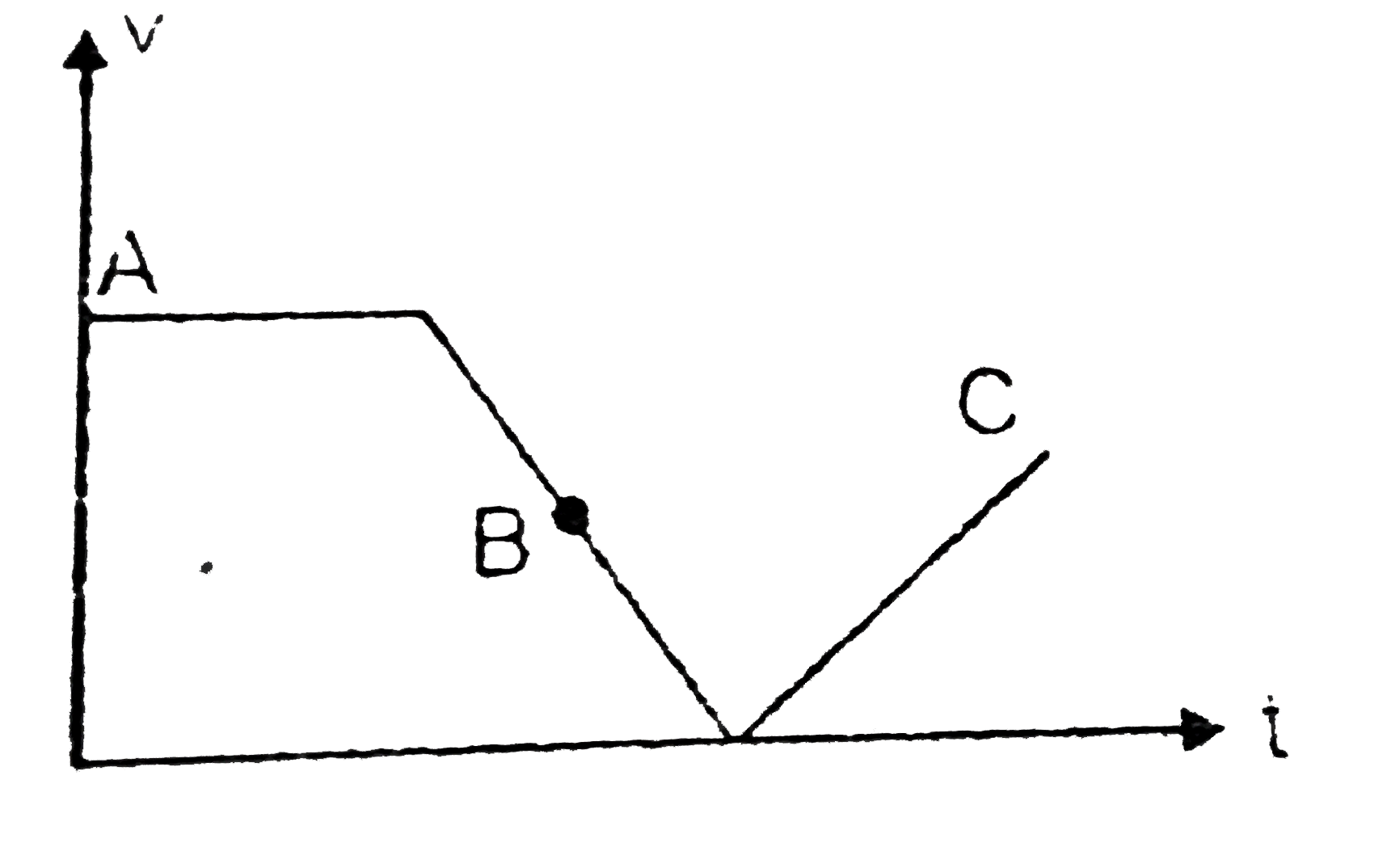The velocity-time (v – t) graph of a body is shown in the figure. For the intervals OP and PQ, the ratio of the distances covered is
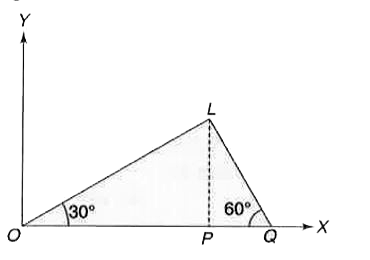
A
1:3
B
√3:1
C
3:1
D
√3:2
Video Solution
Text Solution
The correct Answer is:C
|
Answer
Step by step video, text & image solution for The velocity-time (v – t) graph of a body is shown in the figure. For the intervals OP and PQ, the ratio of the distances covered is by Physics experts to help you in doubts & scoring excellent marks in Class 10 exams.
Updated on:21/07/2023
Topper's Solved these Questions
- BOOK - MCGROW HILL PUBLICATIONCHAPTER - MISCELLANEOUS QUESTIONSEXERCISE - PART-B99videos
MISCELLANEOUS QUESTIONS
- BOOK - MCGROW HILL PUBLICATIONCHAPTER - MEASUREMENTEXERCISE - ELEMENTARY QUESTIONS (HIGHER ORDER THINKING QUESTIONS)13videos
MEASUREMENT
- BOOK - MCGROW HILL PUBLICATIONCHAPTER - MOTIONEXERCISE - HIGHER ORDER THINKING QUESTIONS48videos
MOTION
Similar Questions
Knowledge Check
- Question 1 - Select One
The velocity-time graph of a body is shown in the figure, it implies that at point B
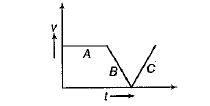 Athe force Is zeroBthere is a force toward motionCthere Is a force which opposes motionDthere is only gravitational force
Athe force Is zeroBthere is a force toward motionCthere Is a force which opposes motionDthere is only gravitational force - Question 2 - Select One
The velocity − time graph of a particle is as shown in figure
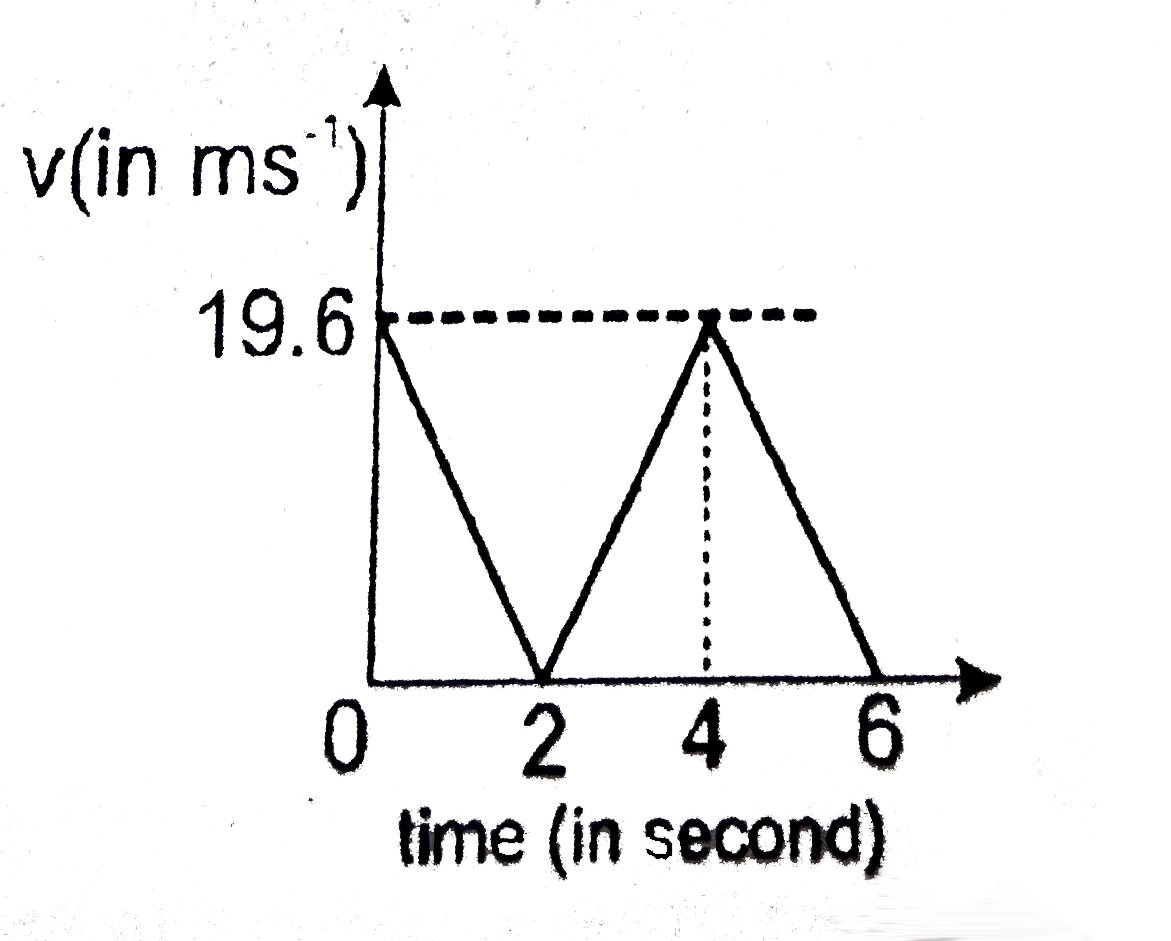 AIt moves with a constant acceleration throughoutBIt moves with an acceleration of constant magnitude but changing direction at the end of every two secondCThe displacement of the particle is zeroDThe velocity becomes zero at t=4 second
AIt moves with a constant acceleration throughoutBIt moves with an acceleration of constant magnitude but changing direction at the end of every two secondCThe displacement of the particle is zeroDThe velocity becomes zero at t=4 second - Question 3 - Select One
The velocity-time graph of a body is shown in .
The displacement of the body in 8s is.
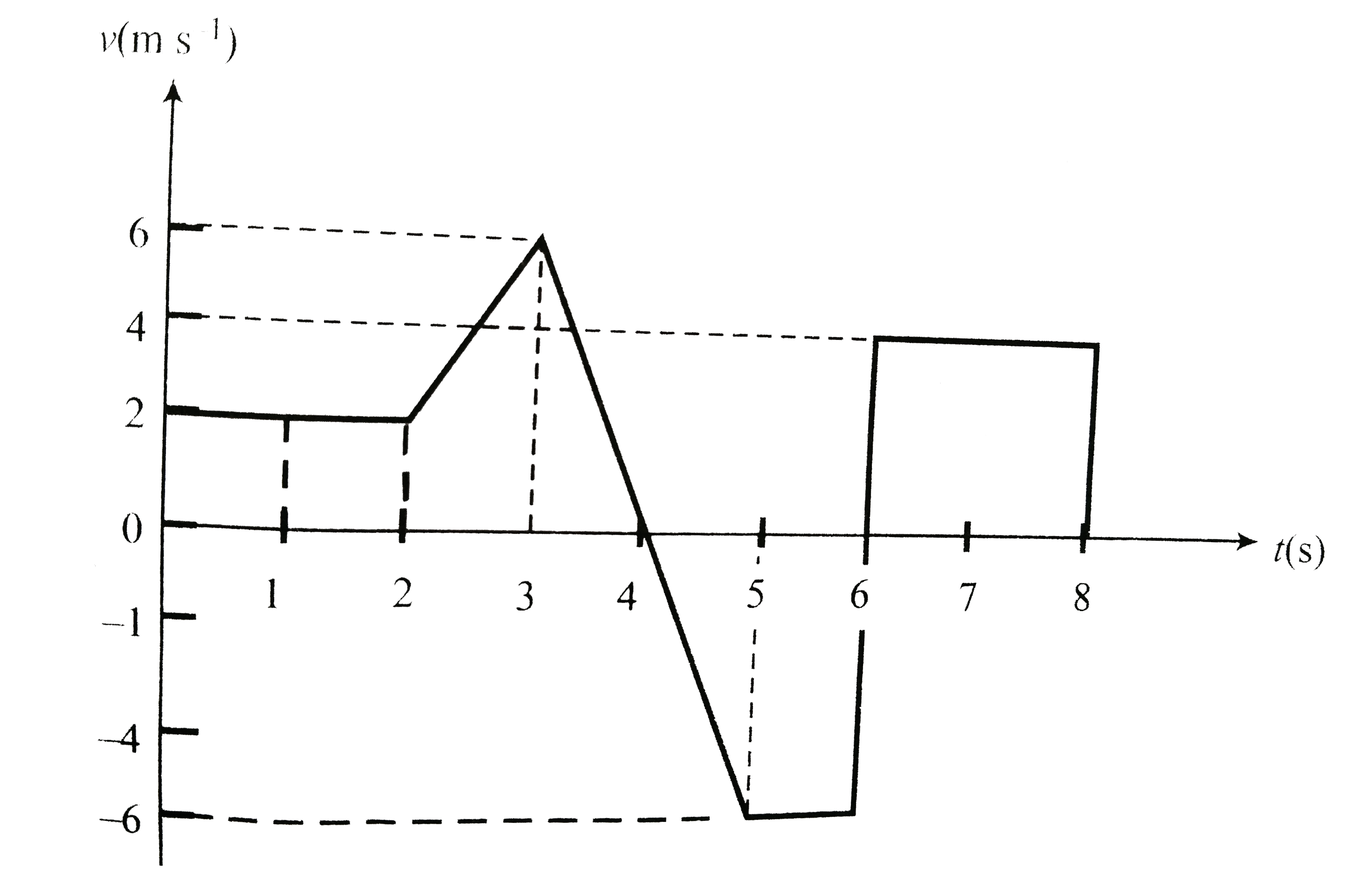 .A9mB12mC10mD28m
.A9mB12mC10mD28m
If velocity-time graph of a body is as shown in figure, what is the nature of motion ?
View Solution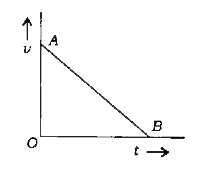
The velocity- time (v−t) graph shown above illustratesView SolutionThe velocity-time graph of a body moving in a straight line is shown in the figure.
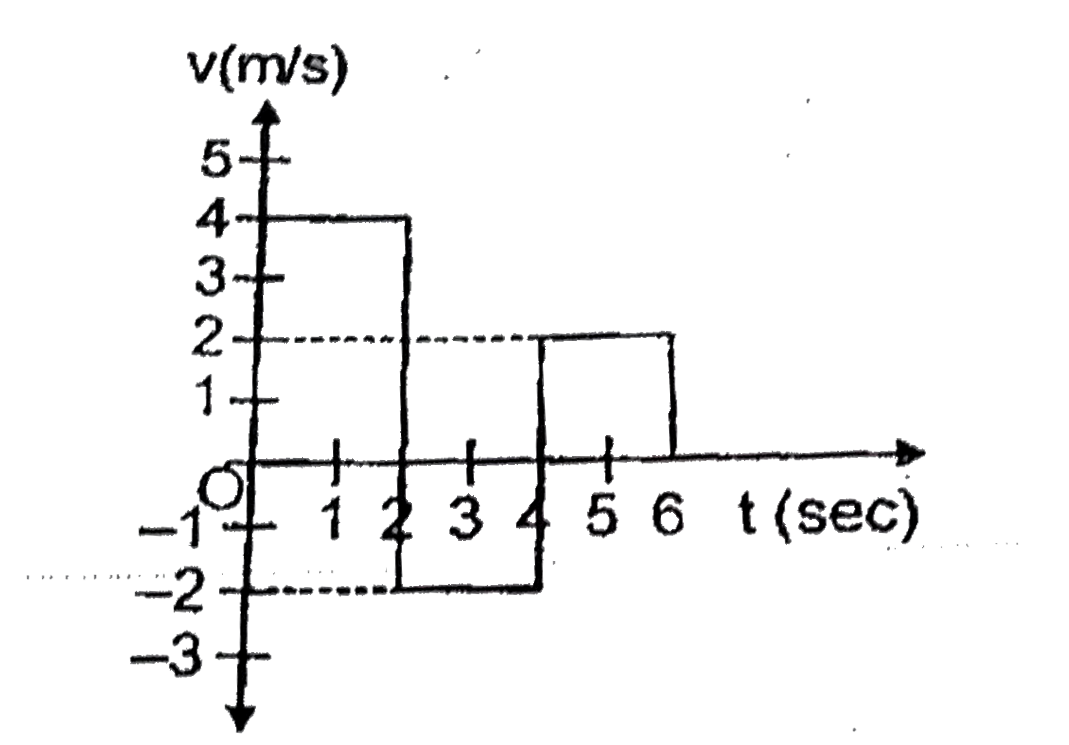 View Solution
View SolutionThe distance-time graph of a moving vehicle is as shown in the figure.
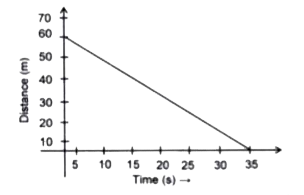 View Solution
View SolutionVelocity-time graph for a particle is shown in following figure for time interval 0 to 2T.
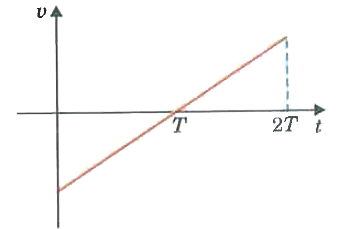 View Solution
View Solution


